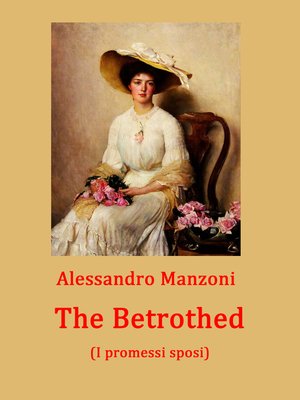

The translators who worked on the books included here – Archibald Colquhoun (3), William Weaver, Dick Kitto and Elspeth Spottiswood, and Peter Burnett – are masters of their art: try reading any of these works in the original and you’ll see what they had to contend with in the way of dialect and historical idiom. Of all the examples of Italian historical novels – written in the past fifty years or so – and translated into English (because certainly not all have been), I have chosen four: The Leopard by Giuseppe di Tomasi Lampedusa, The Name of the Rose by Umberto Eco, The Silent Duchess by Dacia Maraini, and most recently, Imprimatur by Rita Monaldi and Francesco Sorti.įirst, though, a word about their translators and the translations.


However, Manzoni’s prediction that future readers would reject historical novels was wide of the mark. Some complain that in certain historical novels or in certain parts of a historical novel, fact is not clearly distinguished from invention and that, as a result, these works fail to achieve one of their principal purposes, which is to give a faithful representation of history (2)

His theoretical treatise On the historical novel, which he finished in 1845, has often been seen as a condemnation of the genre owing to its failure to live up to historical truth and moral goodness: Manzoni himself wrote a historical novel, I promessi sposi (“The Betrothed”, 1827/1840–42) – arguably Italy’s first modern novel and the bane of all Italian secondary school pupils – but he would not have used a historical setting without the example of Scott’s Waverley novels, particularly Ivanhoe which he read in French translation before the rest of the series began to appear in Italian in the 1830s (1). Walter Scott is generally regarded as the “inventor” of the historical novel, but Alessandro Manzoni, a nineteenth-century Italian novelist, was its first theorist. More than a Matter of Words: Lucinda Byatt looks at four Italian historical novels in translation


 0 kommentar(er)
0 kommentar(er)
